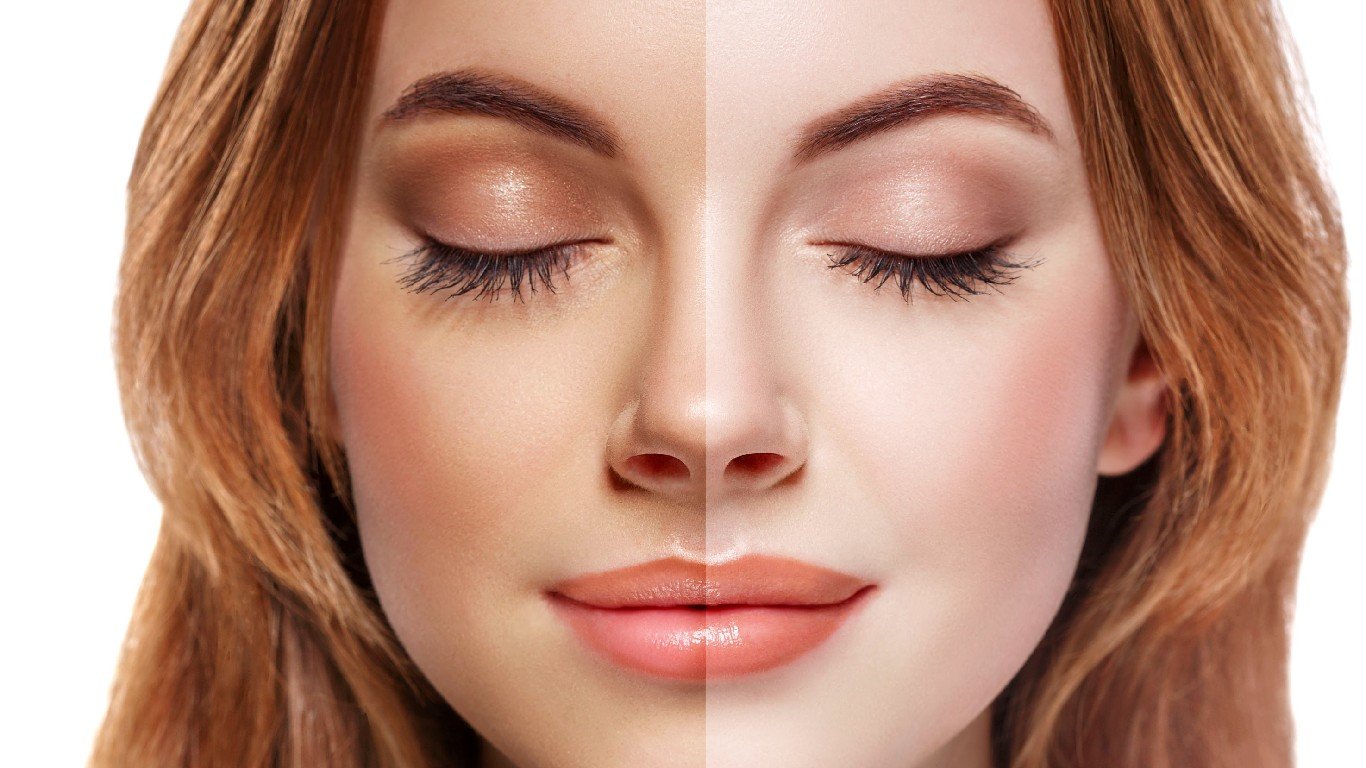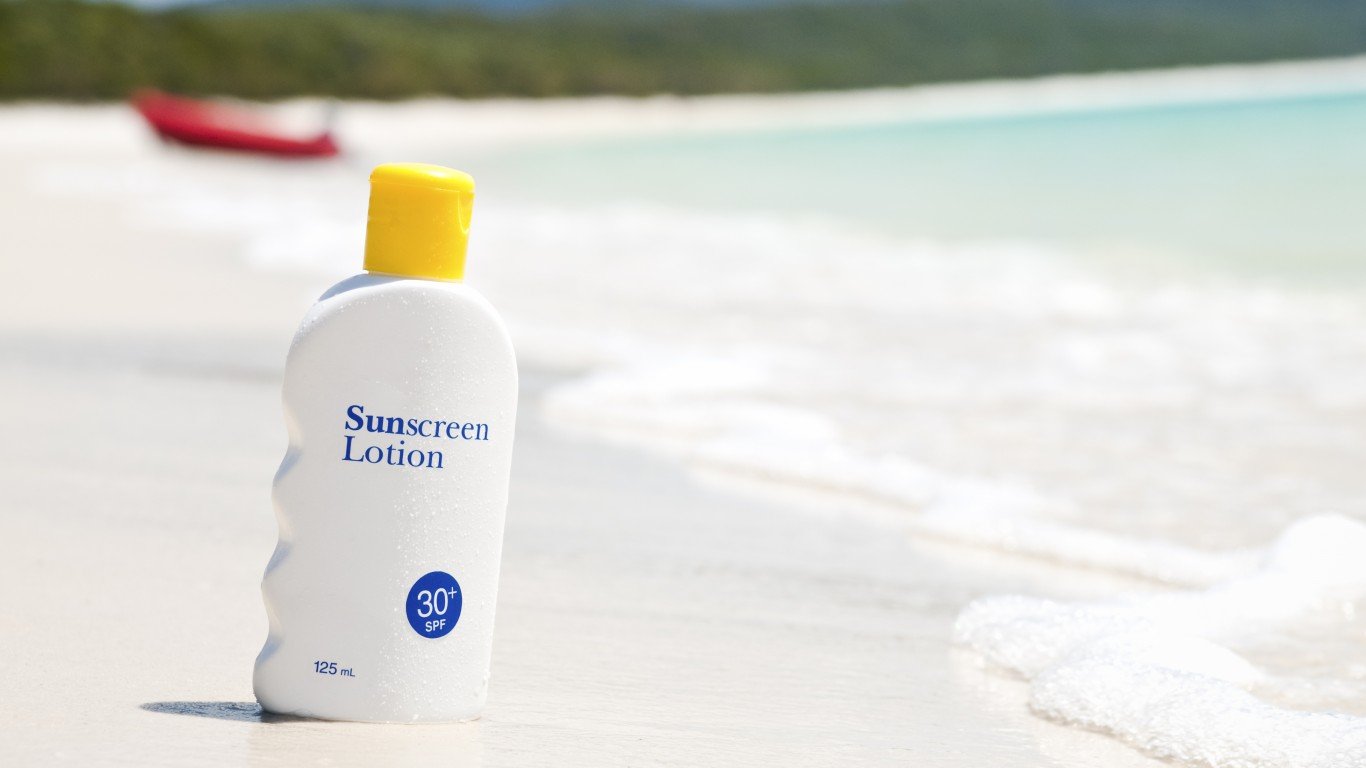
6. No need to apply sunscreen everywhere
“I think the most important places that people forget to apply sunscreen are the ears and the back of the neck,” Richmond said. These are extremely common sites for skin cancer, particularly in people who don’t have hair covering these areas naturally, she noted. Most people are good at applying sunscreen to their faces daily for anti-aging prevention, but they should also think about including the neck, chest, hands, and back of arms because these areas are often neglected and can show photoaging (premature aging of the skin caused by UV rays) even when the face looks youthful, Richmond explained.

7. Fake tan lotions protect the skin from the sun
Spray tans and other sunless tanners do not protect the skin from the sun or from getting a sunburn. Most of these sunless tan sprays, also called self-tanners, don’t have a sun protection factor, or SPF, and are not specifically designed to be used as a sunscreen. The spray tans are used as lotions and creams.

8. If you wear sunscreen you don’t need to cover up
Sunscreen and sunblock are one way to protect your skin if you have to be out in the sun. Clothing can protect the skin from UV rays too, and in a way, they may be better. You may miss a few spots when applying sunscreen and it’s only supposed to last a couple of hours. These two risks are eliminated if you cover up. Clothes absorb or block harmful UV radiation and are one of the most effective forms of protection against sun damage and skin cancer, according to the Skin Cancer Foundation.

9. You don’t need sunscreen if your makeup has SPF
The makeup you put on your face has to have at least an SPF 30 to give some sun protection, but it doesn’t work as well as traditional sunscreen, according to Cancer Treatment Centers of America. This is because you usually apply a small layer of makeup foundation, and because the makeup’s consistency is thin, there is not enough sun protection. The minimum SPF you need to wear on your face every day is SPF 30, according to the American Academy of Dermatology Association.

10. The higher the SPF the longer you can stay under the sun
A sun protection factor of 100 does not provide more than triple the sun protection of an SPF 30. A sunscreen with an SPF of 30 will block 97% of the sun’s rays. A sunscreen with SPF 50 will block only 1% more. But no screen will block 100% of the sun’s harmful rays. The SPF also has no impact on the length of time a sunscreen will protect you. Whether you put on sunscreen with 30 or 100 SPF, it will need to be reapplied about every two hours, or right after swimming or sweating. The SPF number refers to how long the sun’s UV radiation would take to redden the skin compared to not using any sunscreen.

 24/7 Tempo
24/7 Tempo




